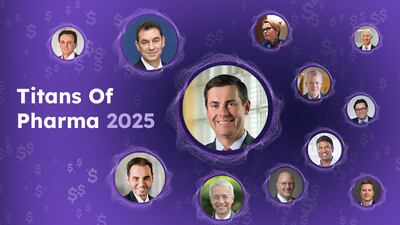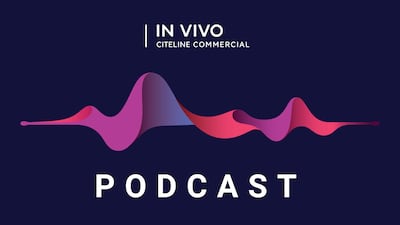In 2021, the global life sciences sector (including pharmaceuticals and medical devices) was valued at $1.25tn. This fast-growing sector brings immense opportunity but increased risk for participants.
Despite slowing GDP growth, rising inflation, increasing interest rates, Russia’s invasion of Ukraine and waning confidence in China’s economic outlook,...
Read the full article – start your free trial today!
Join thousands of industry professionals who rely on In Vivo for daily insights
- Start your 7-day free trial
- Explore trusted news, analysis, and insights
- Access comprehensive global coverage
- Enjoy instant access – no credit card required
Already a subscriber?








